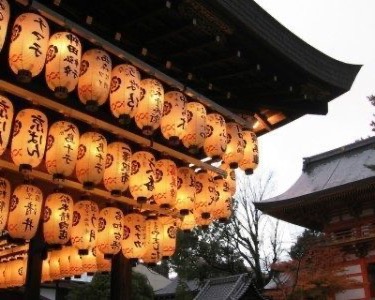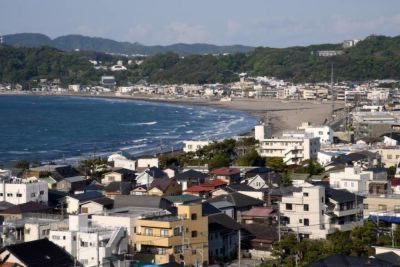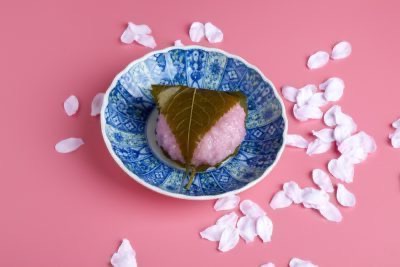Tips for visiting Japan in its most coveted period: that of cherry blossom. Here are the most popular places for Tokyoites to enjoy the spectacle of nature.
The most coveted period for visit Tokyo - the Japanese capital - how to get it right and fully enjoy its beauty.

Tokyo and the cherry blossoms
Impossible to think of Japan without thinking about the charm of its cherry trees, but despite in almost all the photos online you can see these beautiful plants full of pink and white flowers, actually it is very difficult to be in Japan in the exact flowering period.
In fact, the Japanese cherry trees, like their relatives in the rest of the world, reach full flowering in 2/3 days, and in as many days they wither completely leaving the plants bare or with only a few unripe leaves.
The climate of Tokyo
Tokyo's spring weather is quite similar to that of northern Italy, the cherry trees therefore they bloom more or less between mid-March and mid-April. However, it should be noted that the climate is the arbiter of the exact period. When we went, for example, we found them in full bloom when we arrived in the city on April 12th (a bit behind the standards).

Flowering: tricks not to lose it
However, there are various tricks to maximize the chances of success.
First of all, it must be remembered that Japan is an archipelago of islands that extends over a vast area of the Pacific, therefore the climate from north to south varies a lot (for example, the mild spring climate in the northernmost part can also arrive in May).
If you are planning a trip in the spring where you will pass through various islands, the chances of seeing cherry blossoms will increase a lot.
Another trick to follow when planning your trip is to consult Japanese weather sites. In fact, starting from the first days of the year, in addition to the usual weather, they begin to publish forecasts on the flowering periods in the various areas of the country and - our experience - they are rather accurate and constantly updated.
Why flowering is so important in Japan
But why do the Japanese give all this importance to their cherry trees, making them a symbol and a pride?
Surely seeing all these flowering plants at the same time is a spectacle that leaves you speechless and remains in the heart even to those unfamiliar with the culture of the rising sun, but we must remember that we are not just talking about a pure aesthetic factor.

In fact, the Japanese have brought the observation of cherry blossoms, or hanami, to a real form of art, to a philosophical and poetic concept.
The meaning of Hanami
Hanami (literally "looking at flowers") is the synthesis of the concept of life and aesthetics of the entire nation: just as flowers reach their maximum beauty in the moment before they wither and fall to the ground, so does life and all things of the world reach full bloom the moment before they begin to wither.
It is the concept of transience of all things that establishes the foundations of oriental thought and that makes the Japanese, and their art in general, melancholy and nostalgic.
Where to see the bloom in Tokyo
But let's talk about the capital. Tokyo, with its vast and beautiful parks, offers numerous possibilities to admire the cherry blossoms.
The place we liked the most on our trip is the Emperor's Palace. The palace is made up of numerous buildings that can be visited externally, an immense park and a large surrounding moat: it forms a set worthy of the most classic postcards.

Cherry trees are found everywhere: the moat is literally surrounded by majestic plants, the parks offer evocative glimpses of studied beauty (I specify that never in Japanese gardens the position of the plants is random).
The palace garden is also full of camellias, flowers with hypnotic geometry and incredibly beautiful petals, which for me were a real surprise.

Three other places also very popular with the Japanese to admire the flowers are the Ueno Park, Shinjuku Park and Yoyogi Park.
These three parks, the largest and most famous in the city, are set up for the occasion with large blue sheets spread on the ground under the cherry trees, this to allow people during the hanami to stop sitting and relaxing in the shade of the plants or to make fun and noisy picnics.

Tokyo, however, like every corner of Japan, is full of cherry trees and the city seems to be in all respects festively decorated during the flowering period.
Walking down the street you will find Japanese everywhere who take pictures of plants or stop to admire them with genuine amazement and that melancholy nostalgia that characterizes them.


























